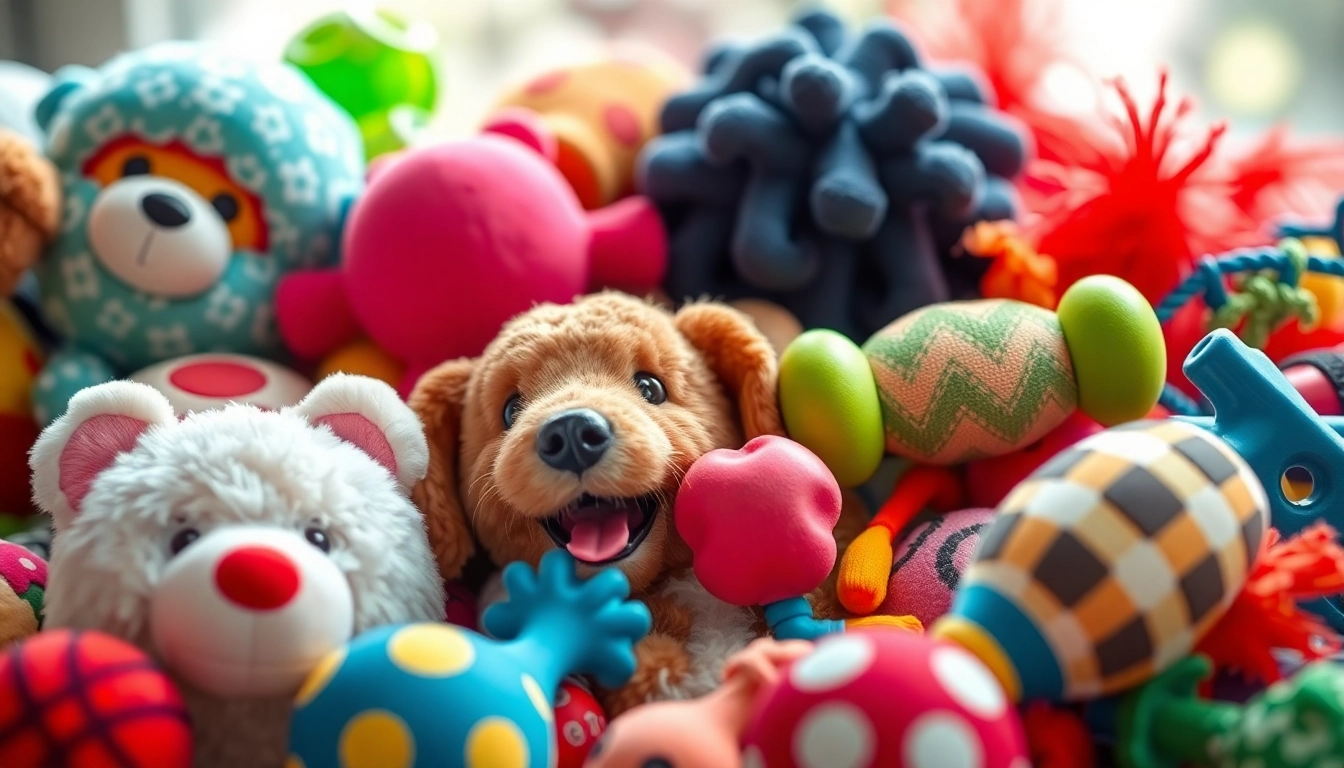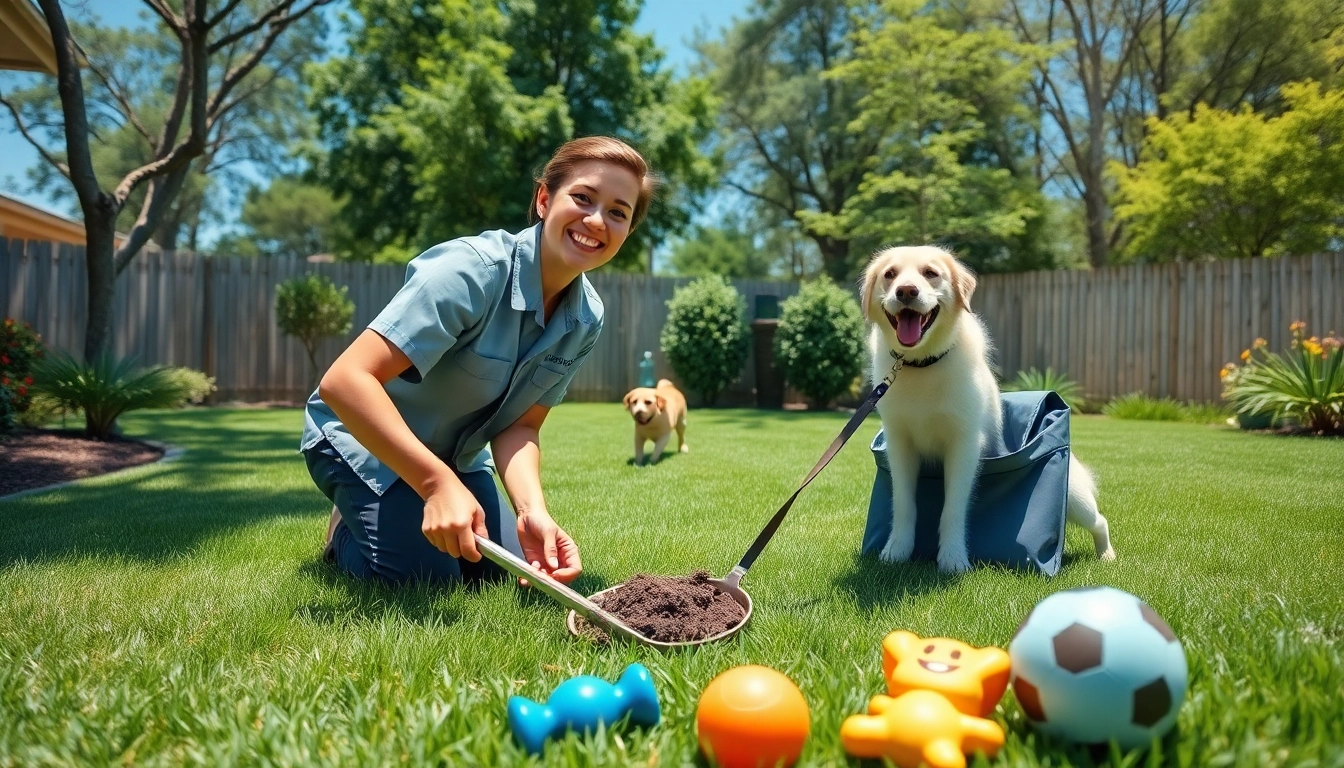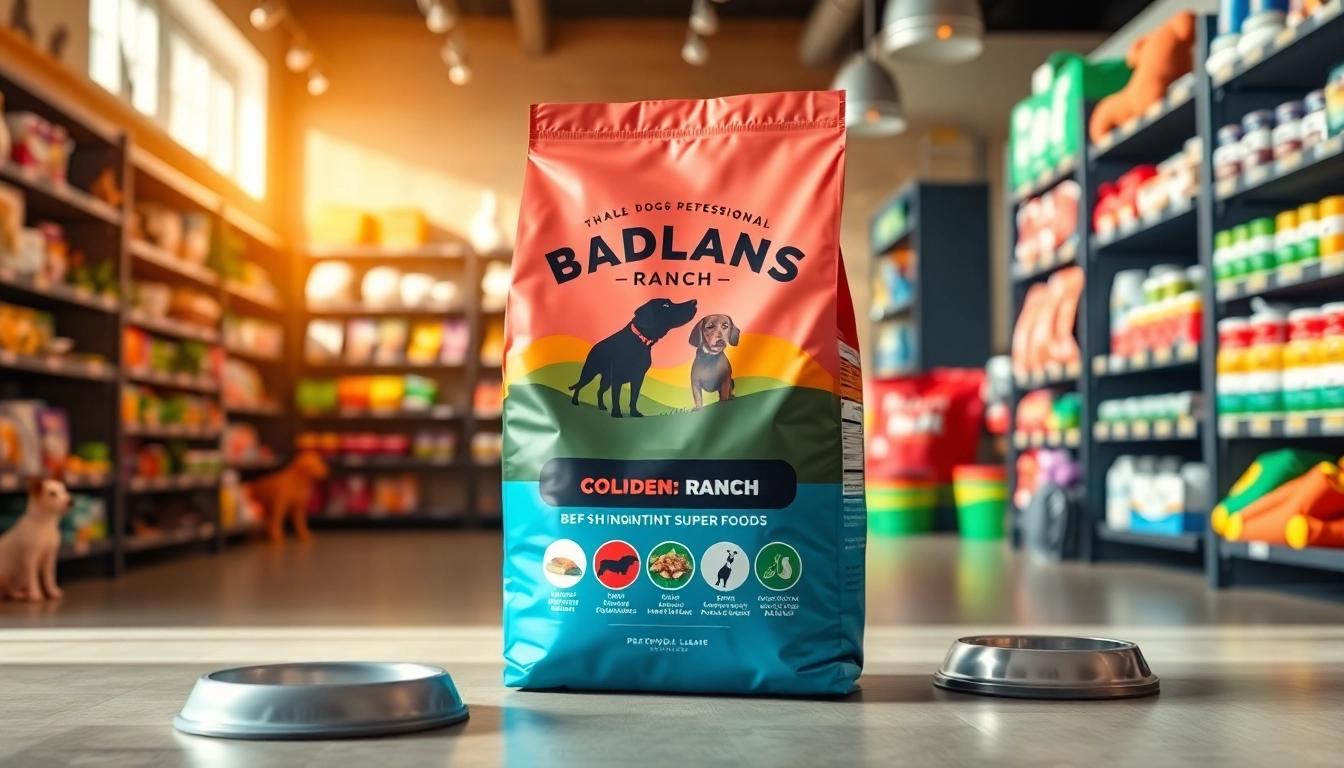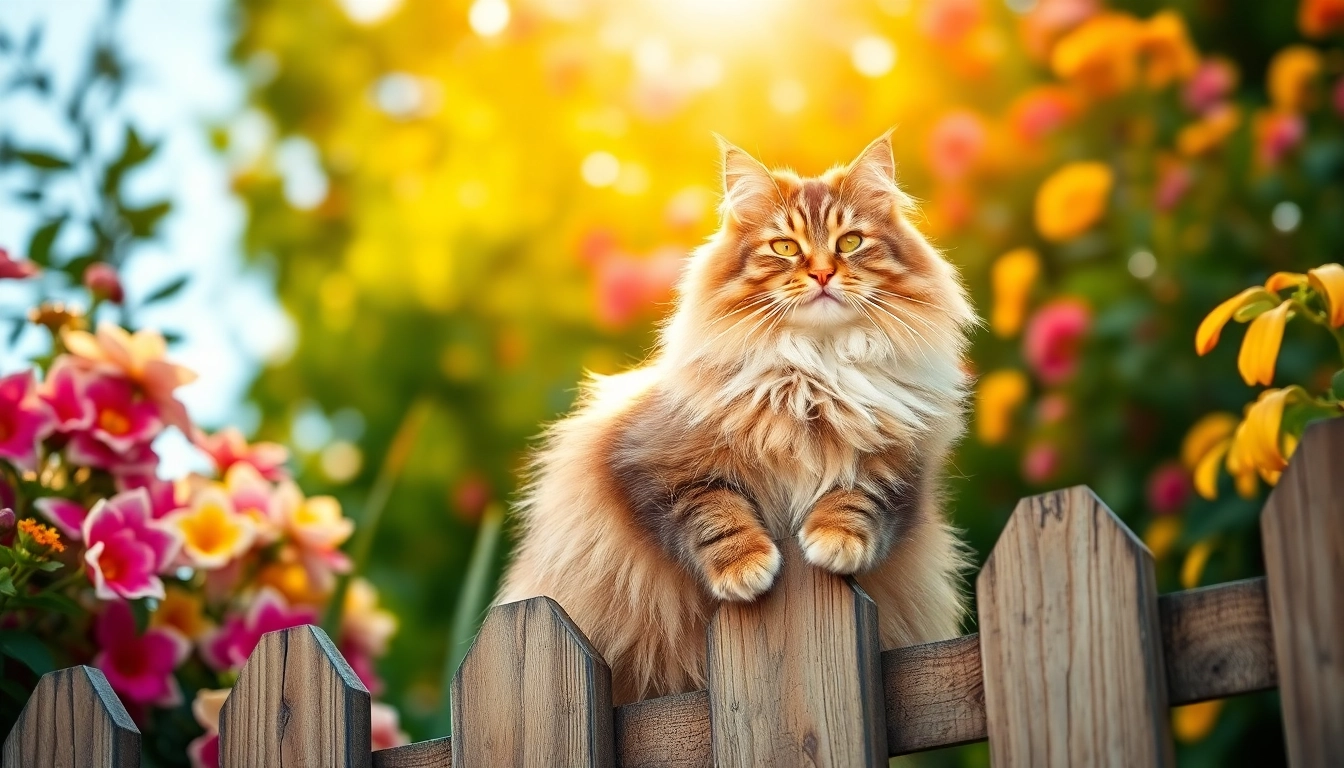Understanding Different Types of Pet Toys
When it comes to pet ownership, finding the right pet toys can be just as crucial as choosing the finest food. Dogs and cats that engage in play not only find enjoyment, but also experience various benefits such as enhanced physical health and mental stimulation. With an array of pet toys available on the market, it’s important to understand the different types available and their respective purposes. Below, we delve into several categories of pet toys that cater to the needs of your furry friends.
1. Chew Toys for Dental Health
Chew toys are essential for dogs as they satisfy their natural instinct to gnaw. These toys come in various materials such as rubber, plastic, and natural substances like rawhide or bones. Regular chewing helps to maintain oral health by cleansing teeth and preventing plaque buildup. Brands like Nylabone and KONG produce durable chew toys specifically designed to withstand aggressive chewers. By providing these toys, pet owners can not only keep their dogs entertained but also contribute positively to their dental hygiene.
2. Interactive Toys for Mental Stimulation
Interactive toys are designed to engage pets in ways that challenge their intelligence. Puzzle feeders, for instance, require pets to solve a challenge to receive their food or treats. These toys serve to stimulate a dog’s mind, reducing boredom and destructive behaviors. Other interactive modalities include fetch toys, such as those that bounce unpredictably. This unpredictability keeps dogs on their toes, enhancing their agility and focus during playtime.
3. Plush Toys for Comfort and Fun
Plush toys are perfect for pets that enjoy cuddling or need comfort during stressful times. They are often soft and come in various shapes and sizes to appeal to different animals. Dogs and cats alike can snuggle with their plush companions. Moreover, many plush toys are designed with squeakers inside, providing further entertainment. However, it’s essential to supervise pets with plush toys, especially if they tend to tear things apart, to prevent ingestion of stuffing or squeakers.
The Importance of Safety in Pet Toys
Choosing the right toy goes beyond fun and games; safety should be the primary concern. Pets can be vulnerable to choking hazards, toxic materials, and other safety issues if proper standards aren’t adhered to. The following considerations will help ensure that your pets enjoy their toys while staying safe.
1. Choosing Non-Toxic Materials
When selecting pet toys, it is crucial to opt for products made from non-toxic materials. Many toys on the market are produced using harmful chemicals and dyes that can endanger your pet’s health. Look for toys labeled as “BPA-free” or those made from natural materials such as hemp or organic cotton. This not only keeps your pets safe but also benefits the environment.
2. Avoiding Choking Hazards
Check for small parts or easily detachable components that might pose a choking risk. Ultimately, the size and type of toy should be compatible with your pet’s breed and size. For example, small dogs may have difficulty utilizing toys designed for large breeds and vice versa. Regularly inspect toys for wear and tear; any broken or damaged toys should be discarded immediately to prevent accidental choking.
3. Regular Inspections and Maintenance
Pets may be prone to destructing their toys, so routine inspections are vital. Look for cracks, loose parts, or buildup of any foreign particles that might harm your pets. Consider rotating toys every few weeks; this keeps their interest piqued and reduces the risk of overuse or deterioration.
How to Choose the Best Pet Toys for Your Animal
Choosing the right toys for your pet requires careful consideration. By evaluating your pet’s play style, age, and size, you can select toys that will provide the best entertainment while enhancing their well-being. Below are some practical steps for making informed choices in pet toys.
1. Assessing Your Pet’s Play Style
Understanding how your pet plays is the first step in selecting suitable toys. Is your dog a fetch-lover or a tug-of-war champion? Is your cat inclined to pounce or scratch? By recognizing these patterns, you can tailor the toys to meet their play styles. Observing their behavior during playtime will offer critical clues to their preferences.
2. Considering Age and Size
Puppies and young pets often require softer toys that are gentle on their developing teeth, while older pets might need more durable options. Additionally, the size of the toy should match the pet’s mouth; small toys may be a choking hazard for larger pets, while large toys could overwhelm smaller pets. Most manufacturers provide guidelines on ideal pet size for their toys to mitigate such risks.
3. Tips for Matching Toys to Behaviors
Incorporating behavioral insights can refine your choice of toys. For instance, highly active pets benefit from fetch or tug toys to burn off energy, while calm pets may prefer plush or chewing toys. Observe your pet’s energy levels and typical behaviors, and choose toys that align with them for enhanced engagement.
Creative Ways to Use Pet Toys for Training
Pet toys can contribute significantly to training efforts beyond mere play. By using various toys effectively, owners can reinforce obedience commands, and strengthen the bond with their pets while making training sessions more enjoyable.
1. Incorporating Toys in Obedience Training
Toys can be powerful rewards in training. For instance, using a favorite ball as a motivator in a recall exercise can make the training more effective and pleasant for the pet. Commands should be taught while incorporating enjoyable play, enhancing the learning process as pets associate commands with fun activities.
2. Using Interactive Toys for Behavior Reinforcement
Interactive toys serve dual purposes: keeping pets physically active while mentally stimulating them. Utilize puzzle toys during training sessions to reward correct behaviors. This not only reinforces good behavior but also keeps them engaged and eager to learn.
3. Engaging Your Pet with Fetch and Retrieval Games
Fetch is a classic game that many pets enjoy. It can be an excellent way to train your pet by reinforcing commands like “come,” “drop it,” and “stay.” Variations of fetch can keep the game exciting, such as varying the throwing distance or introducing obstacles to navigate. These not only give pets a chance to enjoy themselves but also work on their agility and responsiveness.
Trends in Sustainable and Eco-Friendly Pet Toys
As pet owners become increasingly conscious of their environmental impact, the demand for sustainable pet toys has grown. Understanding these eco-friendly trends can help you make better choices for your pet and the planet.
1. Natural Materials and Their Benefits
Eco-friendly pet toys are typically made from natural, renewable materials. For example, many brands offer toys crafted from recycled fabrics, organic cotton, or sustainably sourced rubber. These materials not only reduce environmental impact but also pose fewer risks of harmful chemicals entering your pet’s system. By choosing natural options, you can safeguard your pet’s health and contribute positively to the environment.
2. Brands Leading the Way in Eco-Conscious Products
Several brands are leading the charge in sustainable pet products. Companies such as West Paw and P.L.A.Y (Pet Lifestyle and You) focus on creating toys from recycled materials while ensuring they are safe and durable. By supporting these brands, pet owners contribute to a greater cause and help reduce the carbon pawprint associated with pet ownership.
3. Making Eco-Friendly Choices for Your Pet
Making eco-conscious choices is more accessible than ever. To choose toys wisely, research brands that prioritize sustainability in their manufacturing processes. Moreover, consider DIY options—using household items to create unique and safe toys for your pets can be both economical and gratifying. Upcycling old clothing into playthings or using cardboard boxes for play can keep your environment clean while still keeping your pets entertained.



